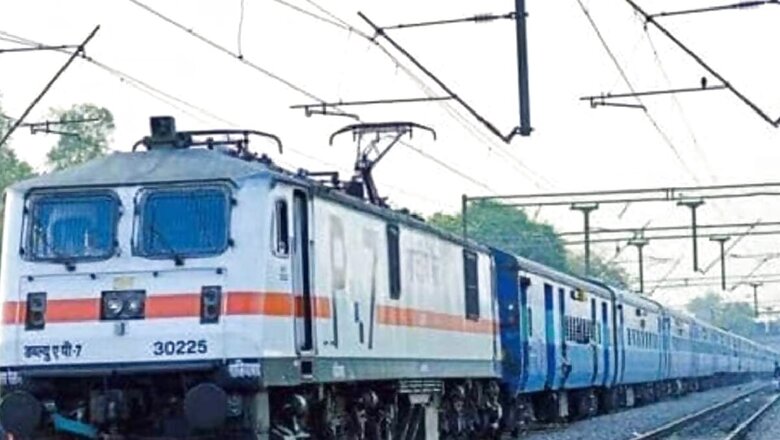
views
The Indian Railways (IR) are practically the country’s lifeline. On average the IR operates 13,523 passenger trains and 9,146 freight trains daily.
But do you know how the tracks on which these trains run are constructed? We bet you don’t. No need to worry, here’s something that you might like.
Recently the Ministry of Railways took to the microblogging platform X and shared a video that depicted the lengthy process that goes behind track laying, which forms the backbone of the Indian rail network and emphasised its importance in improving national connectivity and efficiency. “Sewing the veins of connectivity: The bustling job of laying IR tracks,” the video caption reads.
Sewing the veins of connectivity: The bustling job of laying IR tracks. pic.twitter.com/lL2BonKzAA— Ministry of Railways (@RailMinIndia) August 5, 2024
The video showcases the steps involved in the track lying process. Modern equipment and methods used in the track-laying operation serve to provide the highest levels of precision and efficiency and are time-consuming too. Also, the video highlights the importance of advanced technology to improve the railway infrastructure.
Important steps:
- Staging the fabric of connectivity: The track-laying process is important to improve the connectivity of the Indian railways throughout the nation. Currently, India is the 4th largest railway network in the world with a total track length of approx. 1.26 Lakh Kilometer.
- Harnessing Advanced Technology: The employment of advanced technology in the track-laying process ensures that the tracks are placed precisely and reliably, which contributes to the overall safety and performance of the railway network.
- Boosting Efficiency: The use of modern machinery leads to efficient track laying and an increased workforce, according to Financial Express.
Advancements in track-laying technology are part of a larger effort to improve the capability of India’s rail transport system.
Earlier this year, the Indian Railways in response to an application under RTI revealed that it laid around 27,057.07 km of tracks from 2014-15 to 2023-24. This led to an average track laying rate of 7.41 km every day over the last 10 years, including new line, doubling, tripling and gauge conversion.
In 2023, the IR laid a total of 5,200 km of tracks and this year it aims to lay 5,500 km of tracks, with an average laying rate of 15 km per day.
Well, with the help of advanced technology and modern machinery, the IR might be able to achieve this target.



















Comments
0 comment